Recent Q2 2025 Earnings
All right, welcome back to Stock Brock. Today we’re breaking down Texas Roadhouse (TXRH), a midcap restaurant chain that reported a strong quarter 2, 2025. The brand’s casual‐dining concept has been firing on all cylinders, with momentum in both guest traffic and systemwide expansion. In this deep dive, we’ll cover the quarter’s revenue beat, margin pressure, unit growth and what it all means for potential investors.
Texas Roadhouse posted Q2 revenue of $1.5 billion, marking a 13% year-over-year jump. Comparable sales rose 5.8%, driven by strong guest counts and targeted menu promotions. Management also pointed out record average weekly sales at existing locations, a sign that loyalty programs and in-restaurant experiences are resonating with diners once again.
Net income climbed to $124 million, translating to $1.86 per share. This performance fell short of Wall Street estimates by nine cents as restaurant margins contracted to 17.1%. Commodity inflation added roughly 5.2% to food costs, while wage pressures contributed a further 3.8% drag. Despite the margin squeeze, the top line growth kept the P&L in positive territory.
Unit growth remains a core driver. Texas Roadhouse now operates over 800 restaurants, up from last quarter thanks to eight new franchise acquisitions and a handful of company-owned openings. Management reiterated plans for late-2025 and early-2026 expansions, underpinned by a franchise pipeline that should accelerate systemwide sales and help dilute fixed costs over a larger base.
Q2 2025 Key Metrics
| Metric |
Q2 2025 Result |
Year-over-Year Change |
| Revenue |
$1.5 billion |
+13% |
| Comparable Sales |
+5.8% |
— |
| Average Weekly Sales |
Record highs |
— |
| Net Income |
$124 million |
— |
| EPS |
$1.86 |
Missed by $0.09 |
| Restaurant Margin |
17.1% |
Contracted |
| Commodity Inflation Impact |
5.2% |
— |
| Wage Inflation Impact |
3.8% |
— |
| Systemwide Restaurants |
>800 |
+8 franchise units |
Upcoming Q3 Earnings Outlook
Texas Roadhouse is set to report Q3 results around October 23, 2025, with Wall Street currently modeling EPS between $1.30 and $1.32. That would represent only modest growth against the prior year’s strong comps, as the company laps a period of elevated post-pandemic demand. Investors should watch whether price hikes and operational adjustments can offset ongoing cost headwinds.
Menu price increases earlier this year should help protect margins, but food and labor inflation remain sticky. Q3 guidance will likely detail any further pricing actions or promotional shifts designed to keep traffic trends healthy. Given the company’s track record of consistent same-store sales growth, even a mid-single-digit comp increase would bode well for sustaining top-line momentum.
Analysts will also be keyed in on managed versus franchise store performance. Franchise units tend to weather cost inflation differently, as local operators absorb a portion of labor and commodity fluctuations. If franchise-owned locations continue to outperform company-owned stores, it could signal an opportunity to accelerate franchise expansion and margin relief.
Look for commentary on supply-chain stability and tariff impacts. Raw material costs have trended higher in recent quarters, squeezing profitability across the casual-dining sector. Any easing of tariff pressure or improved shipping efficiencies would be a welcome tailwind for TXRH as it scales towards 900 units over the next two years.
Q3 2025 Forecast
| Item |
Consensus Estimate |
Notes |
| Q3 EPS |
$1.30–$1.32 |
Modest year-over-year growth |
| Comparable Sales Outlook |
Mid single digits |
Lapping strong 2024 comps |
| Next Earnings Date |
Oct 23, 2025 |
Subject to calendar confirmation |
| Key Watchpoints |
Pricing; inflation |
Food costs; wage trends; tariffs |
Key Risks
Margin pressure remains the headline risk for Texas Roadhouse. Despite robust sales growth, commodity inflation of 5.2% and wage inflation of 3.8% in Q2 pinched restaurant margins by nearly 170 basis points. If these cost pressures persist or intensify, it could erode free cash flow and delay unit expansion plans.
Comparable-sales growth is normalizing from pandemic-era highs back to historical mid-single-digit levels. While that’s hardly alarming, it does expose TXRH to broader consumer sentiment and economic headwinds. In a scenario where unemployment ticks higher or discretionary dining budgets tighten, guests may trade down to lower-ticket alternatives.
Competition in casual dining has expanded significantly, with fast-casual chains and delivery-focused brands eroding market share. Texas Roadhouse’s steak-centric menu and in-house—butcher concept remain differentiators, yet the company must continue innovating to stay ahead of evolving consumer preferences around health, convenience and value.
Tariff uncertainty and supply-chain disruptions pose an external risk. Many ingredients—particularly proteins—are subject to global commodity cycles and trade policies. A sudden surge in import duties or logistic bottlenecks could trigger further inflation that management can’t fully pass through to guests without denting traffic.
Risk Summary
| Risk Factor |
Impact |
Mitigation |
| Commodity Inflation |
High |
Menu price increases |
| Wage Pressure |
Medium |
Operational efficiencies |
| Comps Normalization |
Moderate |
Loyalty programs; marketing |
| Rising Competition |
Moderate |
Menu innovation; service focus |
| Tariffs/Supply Disruption |
Variable |
Diversified sourcing; hedging |
Growth Opportunities
Expansion remains the biggest growth lever for Texas Roadhouse. With over 800 locations today, the company aims to break 900 restaurants by early 2026, fueled largely by franchise acquisitions. Each new unit not only drives royalty income but also spreads fixed costs across a broader platform.
Guest loyalty appears rock solid. Every time I visit my neighborhood Texas Roadhouse, it’s packed. The success of the loyalty program and seasonal promotions has kept traffic resilient, even in tougher economic stretches. Strong brand affinity could allow TXRH to further monetize off-premise channels like curbside pickup and delivery.
Analysts expect EPS to grow by 14% next year, reflecting both operating leverage and modest margin recovery. As inflationary pressures ease—assuming commodity and wage trends stabilize—the incremental profit from each additional restaurant will compound, boosting free cash flow for debt reduction or share buybacks.
Strategic pricing actions should continue to preserve guest satisfaction. Texas Roadhouse has a history of passing through cost increases in measured steps rather than dramatic menu overhauls, which helps maintain table turns and check averages. Executing this balance well could attract incremental market share from chains more aggressive on discounting.
Opportunity Snapshot
| Opportunity |
Potential Upside |
Timeframe |
| Unit Growth |
Royalty income; leverage |
Late 2025–2026 |
| Guest Loyalty & Off-Premise |
Revenue diversification |
Ongoing |
| Margin Recovery |
EPS +14% in 2026 forecast |
Next 12–18 months |
| Measured Pricing |
Traffic resilience |
Continuous |
Valuation and Analyst Price Targets
Shares are trading around $169, implying a forward P/E near 26x. That multiple sits below the stock’s five-year average, suggesting some valuation runway if earnings inflect higher. The Wall Street consensus 12-month price target is $197, with a range stretching from $162 to $235.
Most analysts rate TXRH a moderate buy, though they underscore risks from ongoing cost pressures and slowing comps. My own view is that any pullback toward the low-$160s presents a compelling entry point. I’ve already started a small position, believing that this brand has the staying power and cash flow profile to weather near-term headwinds.
If commodity and wage inflation begin to ease in late 2025, Texas Roadhouse could surprise to the upside on both sales and margins. At that point, the valuation multiple could re-rate closer to its historical average, unlocking meaningful upside without taking on excessive leverage or execution risk.
Current Valuation Metrics
| Metric |
Value |
Commentary |
| Share Price |
$169 |
As of latest close |
| Forward P/E |
~26x |
Below historical average |
| Analyst Consensus Target |
$197 |
Upside ~17% |
| Analyst Range |
$162–$235 |
Reflects varied risk outlook |
Key News and Analyst Commentary
Texas Roadhouse has missed EPS expectations in three of the last four quarters, signaling tougher operating conditions amid elevated food and labor costs. Management acknowledges these headwinds but remains optimistic about long-term expansion, noting that a balanced franchise pipeline can help mitigate margin volatility.
Personal experiences in the dining room underscore the brand’s resilience; locations are consistently busy, and the guest experience feels differentiated. Should inflation moderate and comps pick up, the stock could be a prime beneficiary of renewed multiple expansion and sustainable unit economics.
Conclusion and Stock Recommendation
Texas Roadhouse combines solid top-line growth with a disciplined expansion strategy and strong brand loyalty. While margin pressures are a genuine challenge, measured pricing and franchise leverage offer a path to recapturing profitability. Given the valuation discount to historical norms and a positive 12-month price target outlook, I rate TXRH a buy. If the stock dips near the $160 level, that becomes an even more attractive entry point for long-term investors.
https://youtu.be/riHJsq9sInQ?si=1wnaQOTloSf5jeD5
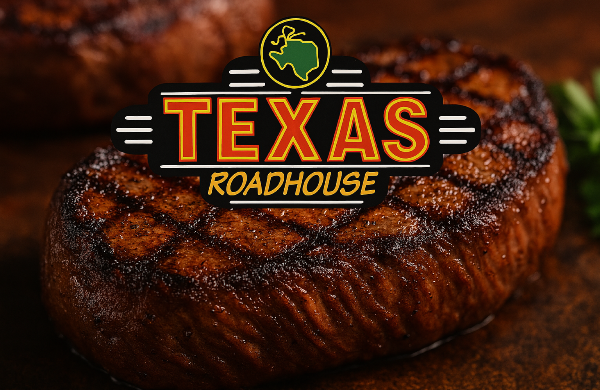

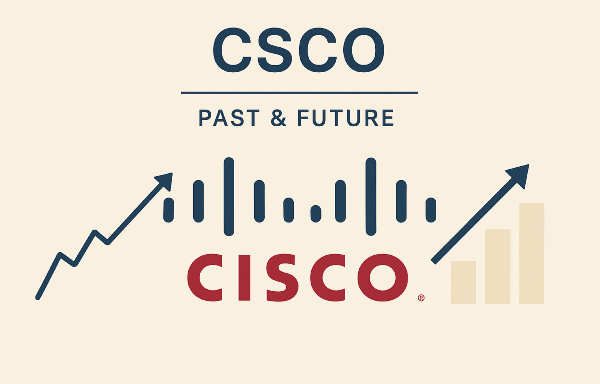
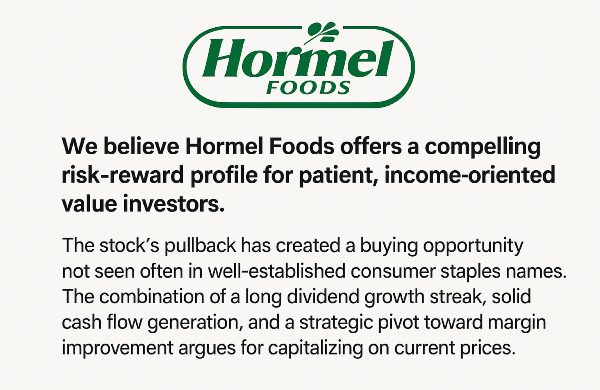



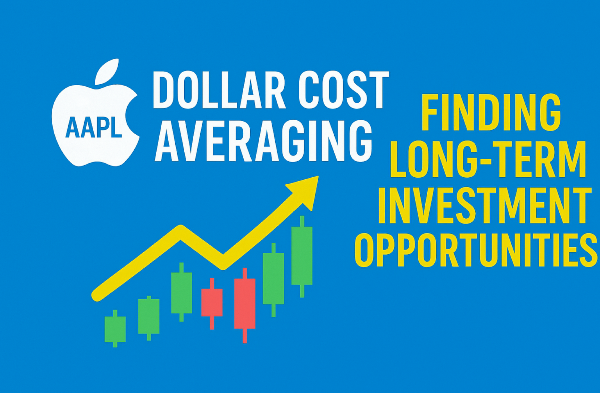




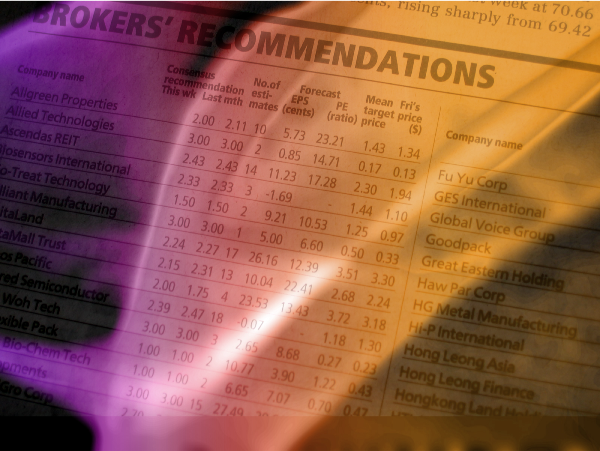

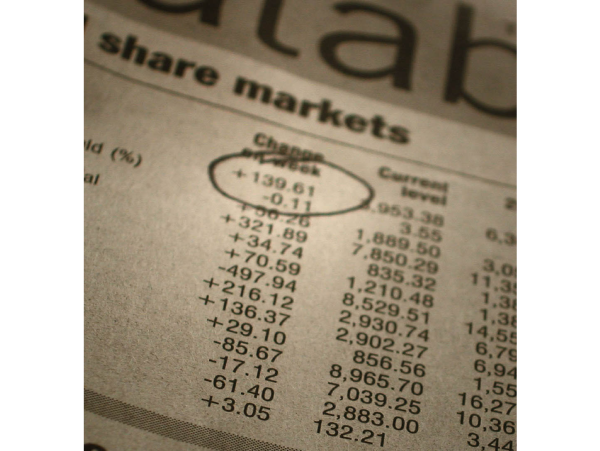















Recent Q2 2025 Earnings
All right, welcome back to Stock Brock. Today we’re breaking down Texas Roadhouse (TXRH), a midcap restaurant chain that reported a strong quarter 2, 2025. The brand’s casual‐dining concept has been firing on all cylinders, with momentum in both guest traffic and systemwide expansion. In this deep dive, we’ll cover the quarter’s revenue beat, margin pressure, unit growth and what it all means for potential investors.
Texas Roadhouse posted Q2 revenue of $1.5 billion, marking a 13% year-over-year jump. Comparable sales rose 5.8%, driven by strong guest counts and targeted menu promotions. Management also pointed out record average weekly sales at existing locations, a sign that loyalty programs and in-restaurant experiences are resonating with diners once again.
Net income climbed to $124 million, translating to $1.86 per share. This performance fell short of Wall Street estimates by nine cents as restaurant margins contracted to 17.1%. Commodity inflation added roughly 5.2% to food costs, while wage pressures contributed a further 3.8% drag. Despite the margin squeeze, the top line growth kept the P&L in positive territory.
Unit growth remains a core driver. Texas Roadhouse now operates over 800 restaurants, up from last quarter thanks to eight new franchise acquisitions and a handful of company-owned openings. Management reiterated plans for late-2025 and early-2026 expansions, underpinned by a franchise pipeline that should accelerate systemwide sales and help dilute fixed costs over a larger base.
Q2 2025 Key Metrics
Upcoming Q3 Earnings Outlook
Texas Roadhouse is set to report Q3 results around October 23, 2025, with Wall Street currently modeling EPS between $1.30 and $1.32. That would represent only modest growth against the prior year’s strong comps, as the company laps a period of elevated post-pandemic demand. Investors should watch whether price hikes and operational adjustments can offset ongoing cost headwinds.
Menu price increases earlier this year should help protect margins, but food and labor inflation remain sticky. Q3 guidance will likely detail any further pricing actions or promotional shifts designed to keep traffic trends healthy. Given the company’s track record of consistent same-store sales growth, even a mid-single-digit comp increase would bode well for sustaining top-line momentum.
Analysts will also be keyed in on managed versus franchise store performance. Franchise units tend to weather cost inflation differently, as local operators absorb a portion of labor and commodity fluctuations. If franchise-owned locations continue to outperform company-owned stores, it could signal an opportunity to accelerate franchise expansion and margin relief.
Look for commentary on supply-chain stability and tariff impacts. Raw material costs have trended higher in recent quarters, squeezing profitability across the casual-dining sector. Any easing of tariff pressure or improved shipping efficiencies would be a welcome tailwind for TXRH as it scales towards 900 units over the next two years.
Q3 2025 Forecast
Key Risks
Margin pressure remains the headline risk for Texas Roadhouse. Despite robust sales growth, commodity inflation of 5.2% and wage inflation of 3.8% in Q2 pinched restaurant margins by nearly 170 basis points. If these cost pressures persist or intensify, it could erode free cash flow and delay unit expansion plans.
Comparable-sales growth is normalizing from pandemic-era highs back to historical mid-single-digit levels. While that’s hardly alarming, it does expose TXRH to broader consumer sentiment and economic headwinds. In a scenario where unemployment ticks higher or discretionary dining budgets tighten, guests may trade down to lower-ticket alternatives.
Competition in casual dining has expanded significantly, with fast-casual chains and delivery-focused brands eroding market share. Texas Roadhouse’s steak-centric menu and in-house—butcher concept remain differentiators, yet the company must continue innovating to stay ahead of evolving consumer preferences around health, convenience and value.
Tariff uncertainty and supply-chain disruptions pose an external risk. Many ingredients—particularly proteins—are subject to global commodity cycles and trade policies. A sudden surge in import duties or logistic bottlenecks could trigger further inflation that management can’t fully pass through to guests without denting traffic.
Risk Summary
Growth Opportunities
Expansion remains the biggest growth lever for Texas Roadhouse. With over 800 locations today, the company aims to break 900 restaurants by early 2026, fueled largely by franchise acquisitions. Each new unit not only drives royalty income but also spreads fixed costs across a broader platform.
Guest loyalty appears rock solid. Every time I visit my neighborhood Texas Roadhouse, it’s packed. The success of the loyalty program and seasonal promotions has kept traffic resilient, even in tougher economic stretches. Strong brand affinity could allow TXRH to further monetize off-premise channels like curbside pickup and delivery.
Analysts expect EPS to grow by 14% next year, reflecting both operating leverage and modest margin recovery. As inflationary pressures ease—assuming commodity and wage trends stabilize—the incremental profit from each additional restaurant will compound, boosting free cash flow for debt reduction or share buybacks.
Strategic pricing actions should continue to preserve guest satisfaction. Texas Roadhouse has a history of passing through cost increases in measured steps rather than dramatic menu overhauls, which helps maintain table turns and check averages. Executing this balance well could attract incremental market share from chains more aggressive on discounting.
Opportunity Snapshot
Valuation and Analyst Price Targets
Shares are trading around $169, implying a forward P/E near 26x. That multiple sits below the stock’s five-year average, suggesting some valuation runway if earnings inflect higher. The Wall Street consensus 12-month price target is $197, with a range stretching from $162 to $235.
Most analysts rate TXRH a moderate buy, though they underscore risks from ongoing cost pressures and slowing comps. My own view is that any pullback toward the low-$160s presents a compelling entry point. I’ve already started a small position, believing that this brand has the staying power and cash flow profile to weather near-term headwinds.
If commodity and wage inflation begin to ease in late 2025, Texas Roadhouse could surprise to the upside on both sales and margins. At that point, the valuation multiple could re-rate closer to its historical average, unlocking meaningful upside without taking on excessive leverage or execution risk.
Current Valuation Metrics
Key News and Analyst Commentary
Texas Roadhouse has missed EPS expectations in three of the last four quarters, signaling tougher operating conditions amid elevated food and labor costs. Management acknowledges these headwinds but remains optimistic about long-term expansion, noting that a balanced franchise pipeline can help mitigate margin volatility.
Personal experiences in the dining room underscore the brand’s resilience; locations are consistently busy, and the guest experience feels differentiated. Should inflation moderate and comps pick up, the stock could be a prime beneficiary of renewed multiple expansion and sustainable unit economics.
Conclusion and Stock Recommendation
Texas Roadhouse combines solid top-line growth with a disciplined expansion strategy and strong brand loyalty. While margin pressures are a genuine challenge, measured pricing and franchise leverage offer a path to recapturing profitability. Given the valuation discount to historical norms and a positive 12-month price target outlook, I rate TXRH a buy. If the stock dips near the $160 level, that becomes an even more attractive entry point for long-term investors.
https://youtu.be/riHJsq9sInQ?si=1wnaQOTloSf5jeD5